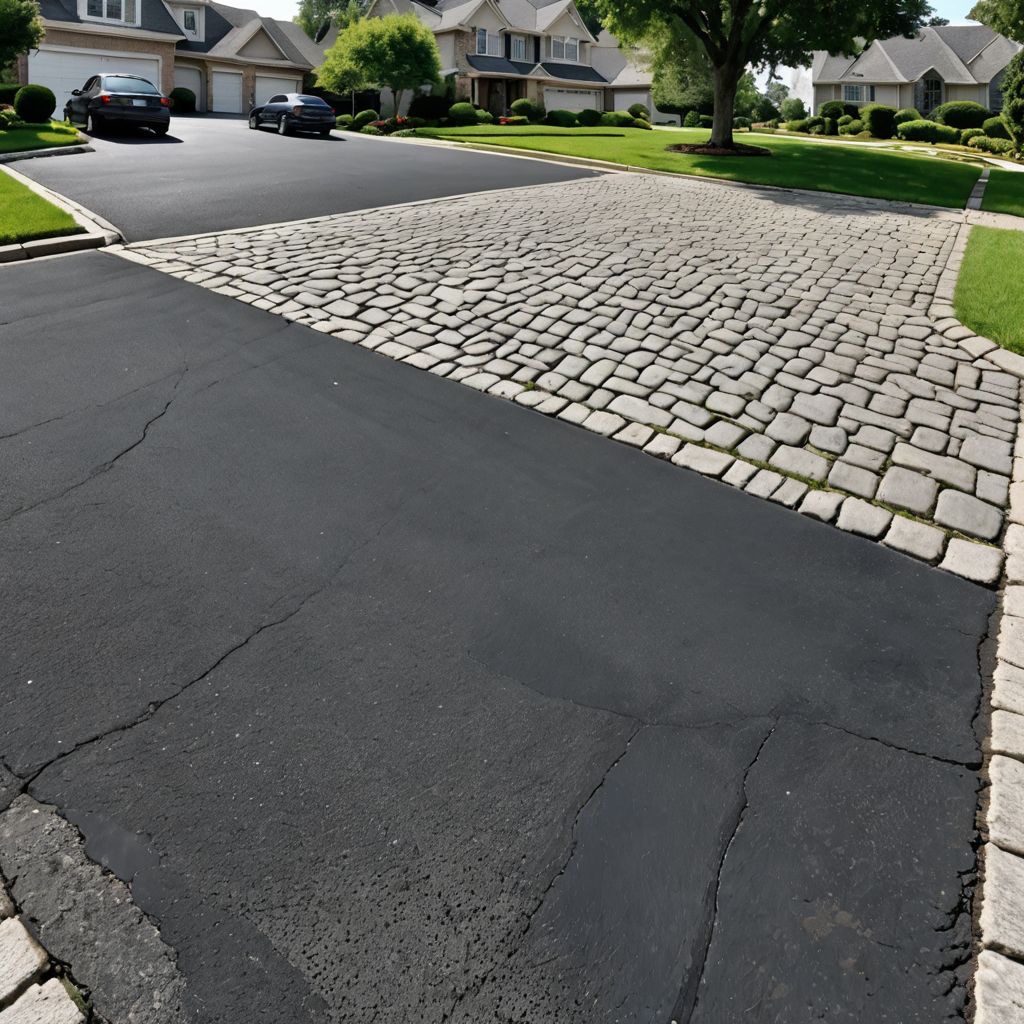
Updated: October 12, 2025
Table of Contents:
1. Introduction
2. A Historical Perspective
3. The Birth of Cobblestone Roads
4. The Influence of Immigration
5. Material Matters: The Making of Cobblestones
6. The Era of Expansion: Cobblestone Comes To Our Winnipeg Landscape
6.1 The Industrial Revolution's Impact
6.2 Changing Urban Landscapes
7. The Cultural Tapestry: Cobblestones and Community
7.1 Architectural Heritage
7.2 Transforming Neighborhoods
8. Preservation Efforts: Keeping the Past Alive
8.1 Modern Infrastructure vs. Historical Preservation
8.2 Community Engagement and Awareness
9. Exploring Winnipeg’s Cobblestone Roads
9.1 A Road Tour of Iconic Cobblestone Streets in Winnipeg's Landscape
9.2 Hidden Gems Worth Discovering
10. The "Cobblestone Capital of Canada"
11. The Future: What Lies Ahead for Cobblestone Roads?
11.1 Challenges and Opportunities
12.Conclusion
Introduction:
Picture yourself walking through a part of Winnipeg where history and modernity meld seamlessly, like two old friends catching up over coffee. As you weave through the vibrant streets, your gaze lands on a classic cobblestone road, a charming relic from as far back as the late 1800s. You might pause to ponder how these rugged stones remained standing amidst a rapidly evolving urban landscape. It’s like stepping into a time machine! Cobblestone streets evoke nostalgia, sharing whispers of a bygone era while offering a unique hardscape that adds character to the neighborhood. When travelling in Europe or other parts of the world, it's not unusual to come across historical features that are centuries old but in our Western Canadian prairie landscapes, it is rather unusual. So, knowing more about them and learning to appreciate them when we come across them makes sense!
When did these delightful roads emerge, and why do they matter? Fasten your seatbelt; we’re about to embark on a journey through time! In this article, we’ll dive deep into the origins of Winnipeg’s cobblestone roads, explore their cultural and historical significance, and discover the artistry involved in their landscaping. We’ll also contemplate how certain streets have elegantly weathered the test of time while modern pavement has taken over. Relax in your favorite chair, sip some coffee, and let’s stroll through Winnipeg, one cobblestone at a time.
Contact us today for your free estimate.
2. A Historical Perspective:
3. The Birth of Cobblestone Roads
Ah, the late 19th century! Industrialization was in full swing, causing urban landscapes to transform rapidly, much like a team of landscapers whose work brings new life to neglected spaces. In Winnipeg, rapid population growth during this period spurred the demand for durable streets capable of supporting heavy traffic. Enter cobblestones, the unsung heroes of the hardscape movement!
For more about the history of cobbleston CLICK HERE
From the late 1880s to the early 1900s, Winnipeg witnessed the birth of countless cobblestone roads, providing key transportation routes for horse-drawn carriages and eventually automobiles. They were more than just rough stones underfoot; they represented a beautiful intersection of practicality and aesthetics in landscape design, harmonizing urban development with the natural environment.

4. The Influence of Immigration:
Amid this developing landscape, the influence of immigrants can’t be overlooked. As waves of people from Europe arrived, they brought with them their customs, values, and—yes—landscape architecture traditions. They didn’t just change the cultural flavor of Winnipeg; they left a mark on its streets, particularly through the use of cobblestones, which were prevalent in many European cities.
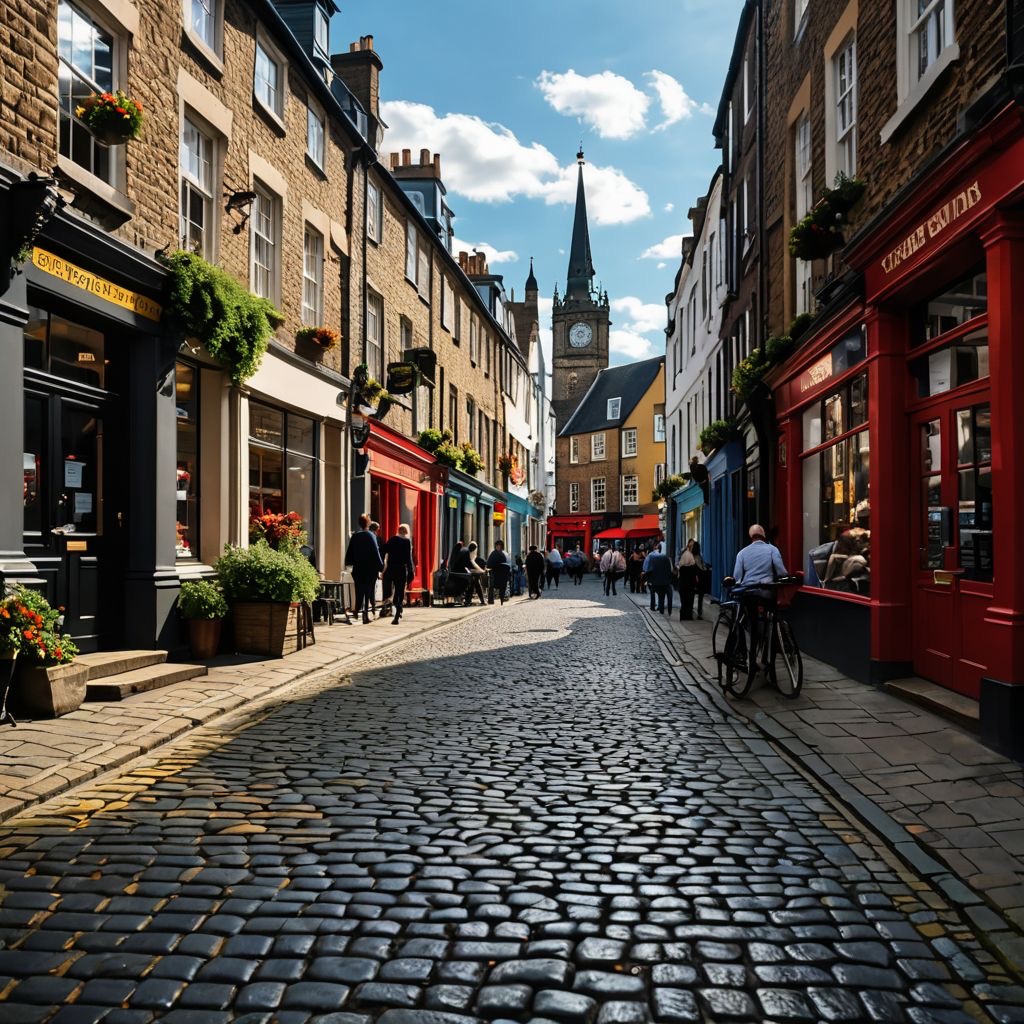
Can you imagine the hustle and bustle of late 19th-century Winnipeg? Immigrants from England, Germany, and beyond navigated these charming roads, reminiscing about their home countries with each step on the cobbles. These streets became shared spaces, fostering community ties and cultural blending that still thrives in Winnipeg today.
5. Material Matters: The Making of Cobblestones:
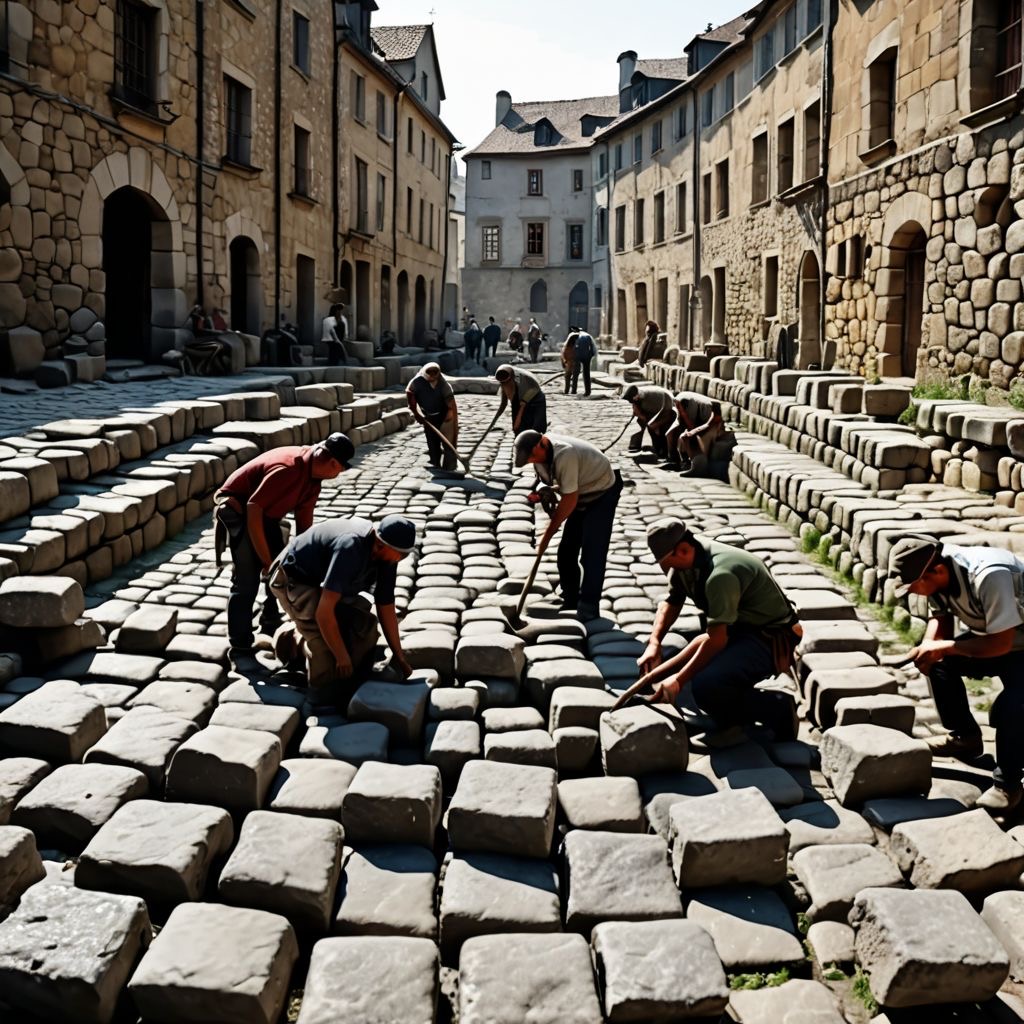
Now, what’s the secret behind these charming cobblestones? Spoiler alert: it's not a mystical potion! Cobblestones were crafted from locally sourced materials, mainly rock and stone, gathered from quarries and riverbeds. The process of transforming these rough-and-tumble chunks into those iconic cobblestones required skilled craftsmanship, much like the care landscapers put into creating residential landscaping or intricate hardscapes.
The painstaking work involved shaping these stones and arranging them in a way that allowed for proper drainage while enhancing the street's durability. The result was a beautiful blend of functional design and artistic flair, reminding us of the artistry inherent to landscape architecture. Each cobblestone laid was a testament not just to the past, but to the resilience of city planning and urban modernization.
Contact us today for your free estimate.
6. The Era of Expansion: Cobblestone Comes To Our Winnipeg Landscape:
6.1 The Industrial Revolution's Impact
Now let’s fast forward to the whirlwind of the Industrial Revolution, where the spirit of progress ushered in significant changes to Winnipeg’s urban landscape. Factories sprang up and attracted an influx of workers eager for new opportunities. This dramatic shift escalated the need for reliable infrastructure, making durable streets essential for the city’s continued expansion.
Cobblestones found renewed relevance as they bore the weight of increased traffic. They held their ground against the influx of heavy industrial vehicles and horse-drawn traffic alike, representing both the beauty and resilience of good landscape design. Imagine all the bustling activity and camaraderie that happened on these stony roads—it’s enough to make anyone nostalgic!

6.2 Changing Urban Landscapes:
With the growing population and expanding economy came the transformation of the urban landscape. Areas that once hosted quiet residential neighborhoods turned into bustling commercial districts, all interconnected by those steadfast cobblestone roads. Picture yourself walking along these streets lined with vibrant shops and lively cafés, where cobblestones guide you through a journey of discovery.
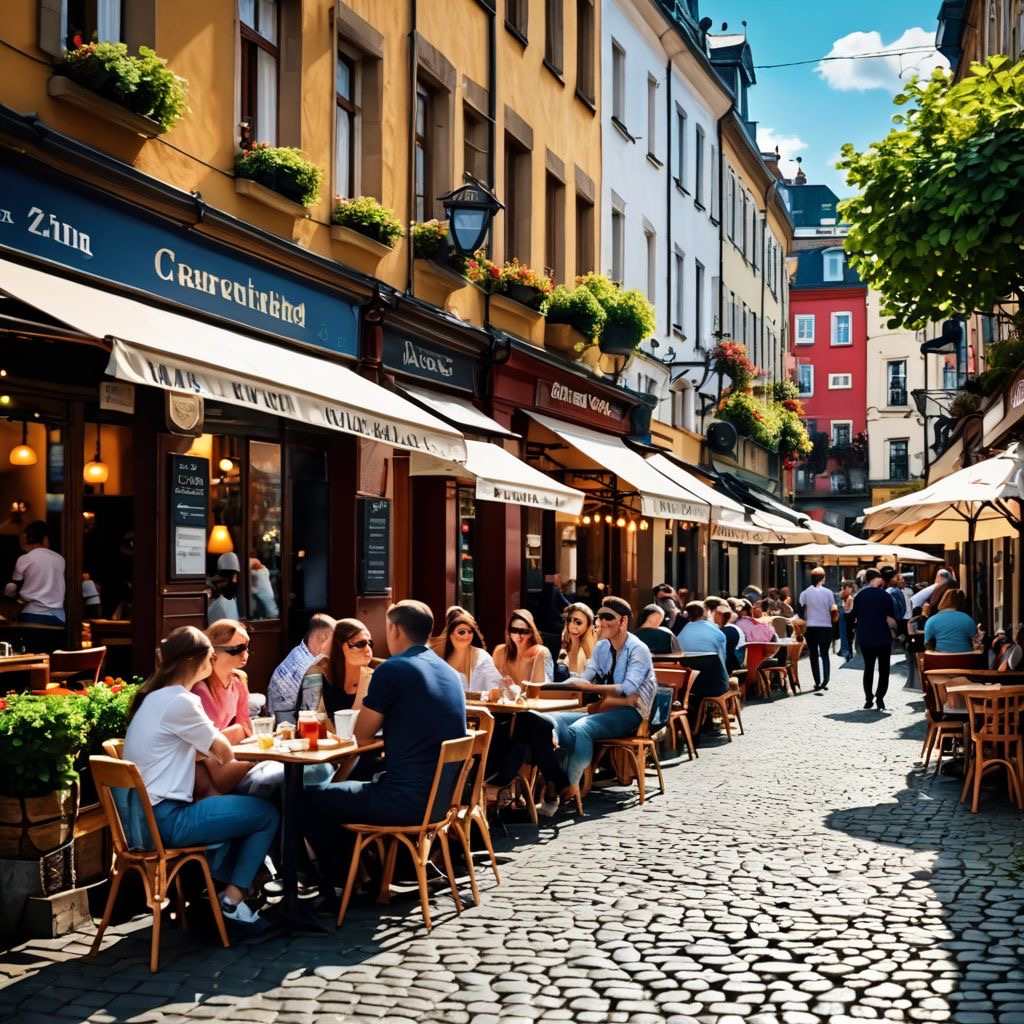
These evolving environments reflected the aspirations of a society on the rise. Cobblestone roads became vital arteries, facilitating connections between neighborhoods and allowing commercial activities to flourish. The landscape of Winnipeg became intertwined with these historic streets, creating a unique character that still resonates today.
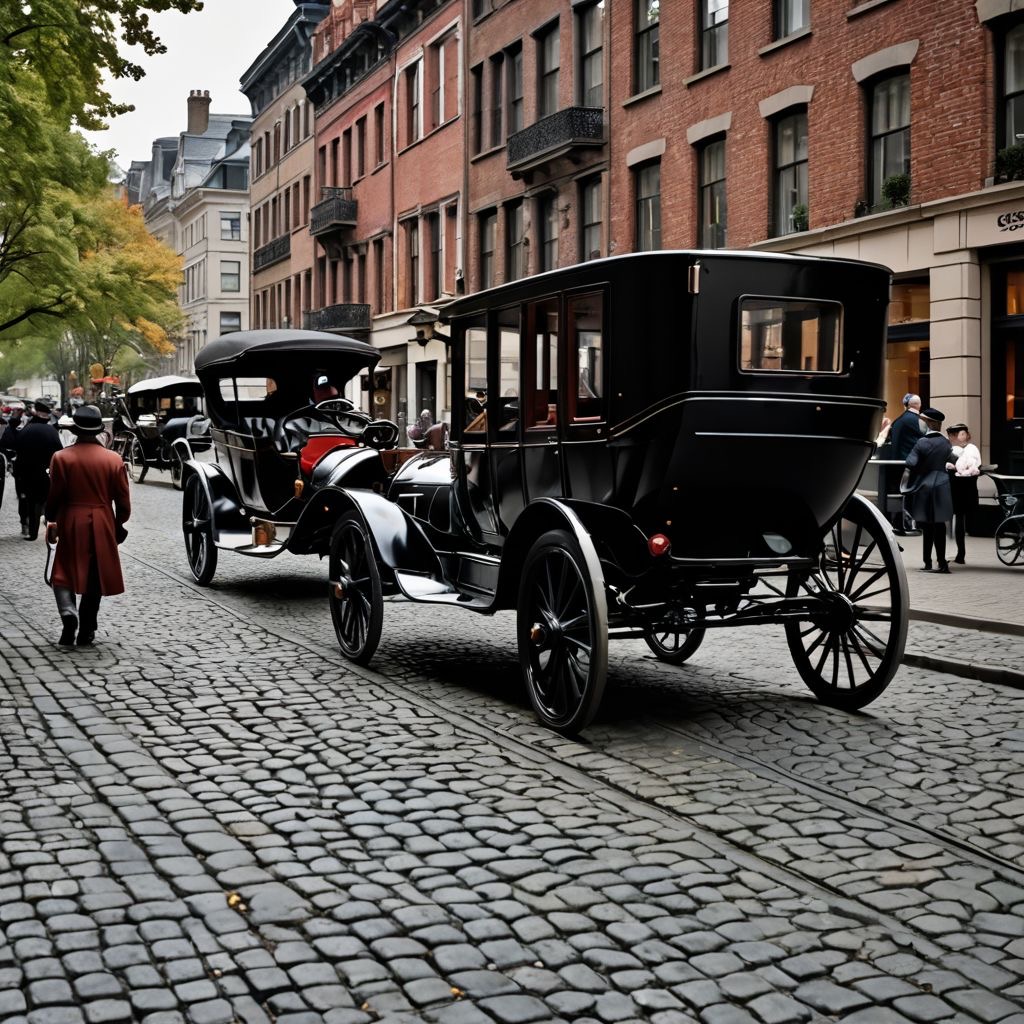
7. The Cultural Tapestry: Cobblestones and Community:
7.1 Architectural Heritage
As you stroll down Winnipeg’s cobblestone paths, it’s clear these stones are much more than mere remnants of the past. They represent an invaluable piece of the city’s architectural heritage—like a finely crafted garden, each stone plays a role in its overall design. Every stretch of cobblestone carries the stories of countless footfalls, embodying a rich history that reflects how architecture and landscaping have evolved in tandem with community needs.
Cobblestones are not just ordinary streets; they serve as historical markers peppered throughout the city, showing off the style and workmanship of an era long gone. Neighborhoods that feature these historic streets are often gateways to a more vibrant past, enticing the curious traveler or local explorer with the charm they offer.
7.2 Transforming Neighborhoods
Imagine the cobblestones transitioning into a canvas for cultural expression. The old-world feel of these streets fosters bonds between residents, encouraging a sense of belonging and community that can be hard to find in modern landscapes dominated by concrete and steel. The cobblestones have given rise to vibrant community spaces where art installations, music performances, and local gatherings have flourished, intertwining past and present.
From neighborhood farmers' markets to street festivals, the cobblestone areas provide the perfect backdrop for people to enjoy the simple pleasures of life together. As these streets transform into cultural hotspots, they celebrate not only architecture but also the communal spirit that binds us as a society.
Ready to chat about your garden and landscaping goals?

Reach out by call or text to: 204-229-9789 or click here to submit your information today to arrange a “no obligation” introductory phone call. We look forward to helping you transform your yard.
Tips on how to prepare for a consultation meeting with a landscape contractor
8. Preservation Efforts: Keeping the Past Alive:
8.1 Modern Infrastructure vs. Historical Preservation
Living in a rapidly modernizing world, it’s easy to overlook the importance of preserving historical elements like cobblestone roads. However, the charm they add to the urban landscape is unmatched. The balancing act between modern infrastructure and preserving historical integrity can be a challenge, much like finding the right landscaping balance in your own backyard.
Cities around the world are grappling with this delicate dance, and Winnipeg is no exception. Preservation efforts are crucial to ensure that the unique character of cobblestone streets remains intact while addressing the evolving needs of the city. Ignoring these charming remnants in favor of slick asphalt would be akin to paving over your beloved flower beds—why lose beauty for the sake of convenience?
8.2 Community Engagement and Awareness
The efforts to preserve cobblestone roads have sparked a grassroots movement among residents. Awareness about the significance of these streets has gained traction, leading to community initiatives that highlight their historical value. Residents are participating in discussions, heritage walks, and local meetings—acting as stewards of the landscape that connects them to their roots.
Through engaging the community in these preservation efforts, there’s a shared understanding of how cobblestones enrich the area’s character and contribute to a vibrant urban tapestry. The stories, histories, and identities tied to these roads foster a sense of pride that continues to resonate as people come together to celebrate their heritage.
Contact us today for your free estimate.
9. Exploring Winnipeg’s Cobblestone Roads:
9.1 A Walking Tour of Iconic Cobblestone Streets:
Ready to lace up your walking shoes? Let’s venture out and explore some of the most iconic cobblestone roads in Winnipeg. Wandering these historical gems is like strolling through a well-designed landscape that honors the past while paving the way for the future.
1. Albert Street: This picturesque stretch is a must-see! A shining example of late 19th-century landscaping, Albert Street boasts cobblestone paths lined with captivating historic buildings and thriving shops. Snap a picture here to capture the essence of Winnipeg’s architectural charm!
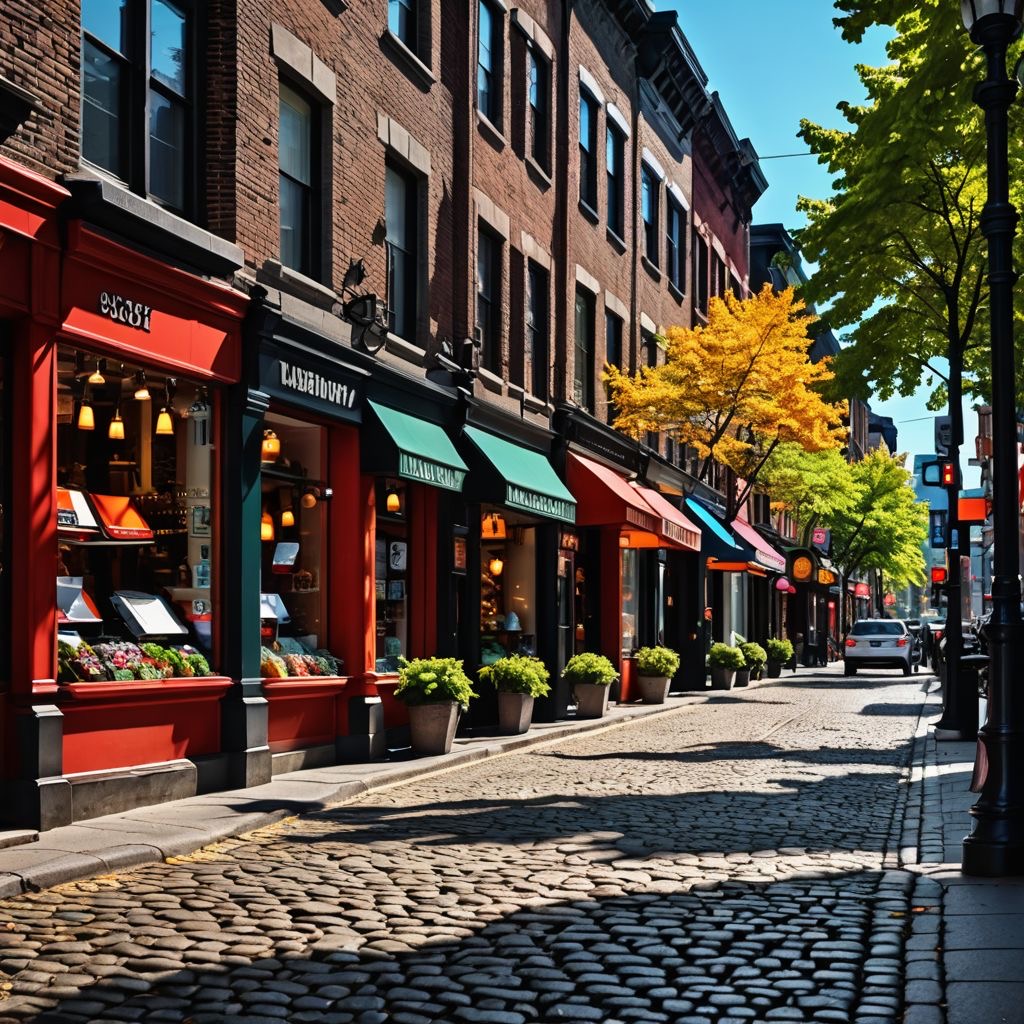
2. Bannatyne Avenue: In Winnipeg’s iconic North End, Bannatyne is one of our most celebrated cobblestone roads, Bannatyne is renowned for its eclectic mix of old and new. You’ll find vibrant storefronts and contemporary art galleries, making it the perfect place for a leisurely stroll that fuses history with urban creativity.
3. St. Boniface: As one of the city’s oldest neighborhoods, St. Boniface is a treasure trove of history and culture. Walking these cobblestone streets immerses you in the French cultural heritage of Winnipeg, with charming cafés and quaint shops waiting to be discovered.
9.2 Hidden Gems Worth Discovering:
For the adventurous at heart, there are a few tucked-away spots that deserve a mention on your cobblestone exploration journey. You don’t want to miss out on these hidden gems:
- Corydon Avenue: Known for its lively dining scene, sections of this avenue reveal delightful cobblestone patches that provide a gorgeous backdrop to any meal. Try capturing a shot of your meal against the stones—foodie history!
- Exchange District: The historic core features expanses of cobblestone streets, each bearing witness to the city’s growth. Regular events and festivals make this area an exciting hub, perfect for soaking in the energy of the community while appreciating the beautiful landscapes created along the roads.
Walking around these cobblestone streets is an invitation to slow down and appreciate the intricate beauty of hardscapes layered with storytelling. The rhythmic sounds of the stones beneath your feet serve as gentle reminders of the history woven into the urban landscape.
10. The "Cobblestone Capital of Canada"
Nestled along the picturesque shores of the Grand River, Paris, Ontario, has garnered national attention for its charm and community spirit, recently earning a spot on Narcity Canada’s Facebook page list of the best small towns to live in the country. Often referred to as the “Cobblestone Capital of Canada,” this delightful town is renowned for its historic cobblestone roads and abundance of heritage buildings, showcasing the rich architectural history that contributes to its unique aesthetic.
In 2000, Paris was named “The Prettiest Little Town in Canada” by Harrowsmith Country Life magazine, a title that reflects its enchanting landscape and welcoming atmosphere. The town’s natural beauty and quaint character have consistently attracted attention from professional travelers, making it one of the top destinations in Ontario. Adding to its accolades, Paris has caught the eye of prominent travel influencers like Dave and Deb from The Planet D, who rank Paris as their #1 getaway in Ontario. With its close proximity to Toronto—just an hour and a half drive—visitors can easily escape to this charming retreat. Whether strolling along its cobblestone streets, enjoying the scenic views of the Grand River, or exploring its rich heritage, Paris offers a unique blend of culture and natural beauty that captivates both residents and tourists alike.
11. The Future: What Lies Ahead for Cobblestone Roads:
11.1 Challenges and Opportunities
Peeking into the future of Winnipeg's cobblestone roads raises important questions. As urban development pushes on, how can we ensure that these fantastic vestiges don’t go the way of the dinosaur? While modern needs continue to evolve, the preservation of cobblestones remains a priority for many in the community.
Collaborating among local governments, advocacy groups, and residents offers a model for how to balance progress with heritage preservation. Think of it as a unique version of landscape architecture: innovating pathways for the future while respecting the history tied to those very stones.
Contact us today for your free estimate.
Conclusion:
As we close the chapter on our exploration of Winnipeg's cobblestone roads, and touch on cobblestone in other Canadian cities, it’s clear that these stones represent far more than outdated asphalt alternatives; they embody history, culture, and community. Cobblestone streets are reminders of the past while serving as catalysts for growth in the urban landscape. Each rock, uneven but charming, reflects the myriad experiences that have shaped the lives of those who walk on them—from early settlers to modern-day residents.
